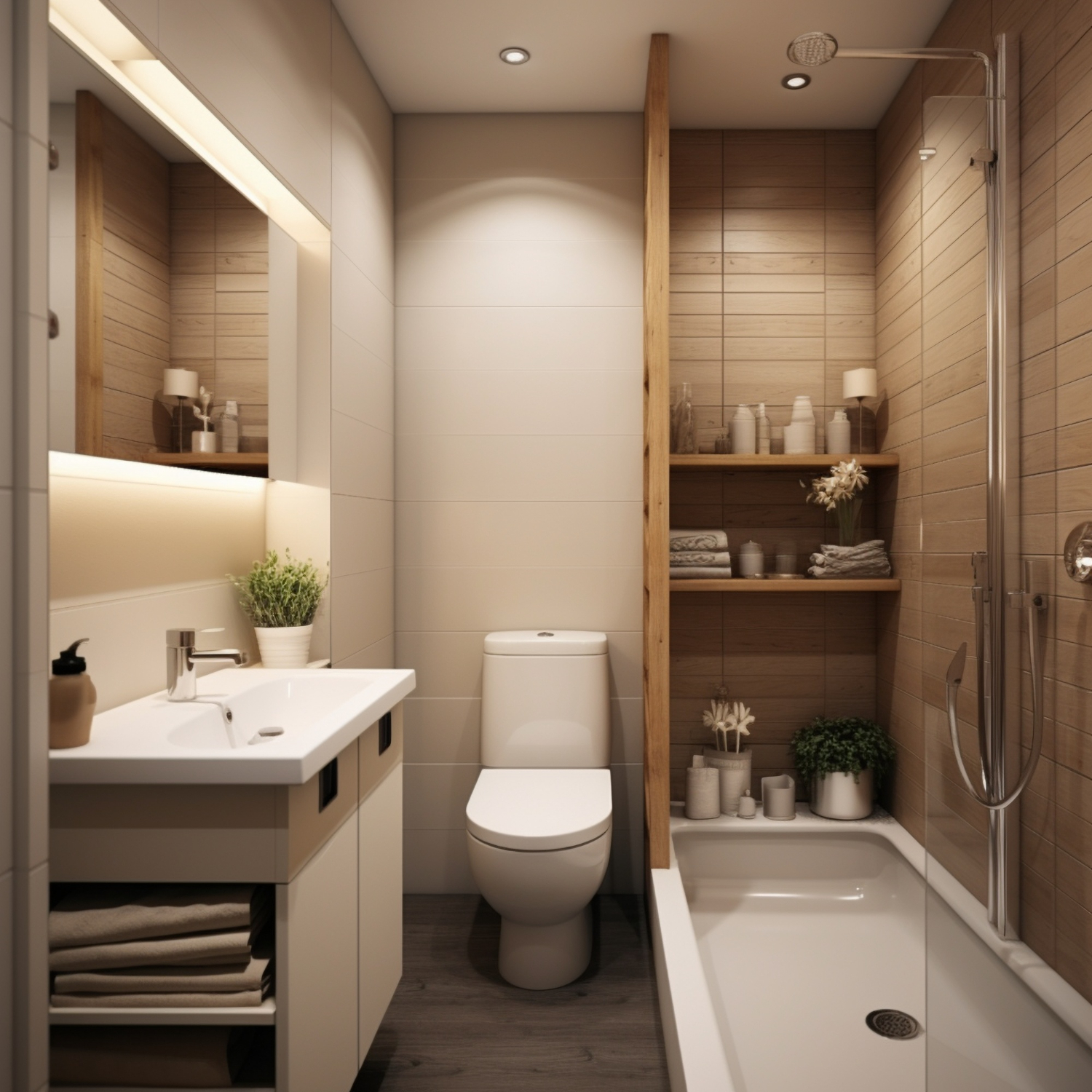Mould and mildew are common problems in bathrooms, especially when there’s a leaking shower base. These annoying fungi thrive in wet, warm areas making bathrooms perfect breeding grounds. Left unchecked, mould & mildew not only damage your bathroom but can also pose serious health risks, particularly for those with allergies or respiratory conditions.
One of the key ways to prevent the growth of mould & mildew is to ensure your shower base is in good condition. Leaks and cracks in the shower base can let water seep into areas where it’s not meant to be, creating moisture build-up that invites mould and mildew. This guide will walk you through how shower base repair can prevent these issues, and why it’s so important to address leaks & cracks early.
How a Leaking Shower Base Leads to Mould Growth

A leaking shower base allows water to escape into the surrounding areas of your bathroom, such as underneath the tiles, into the walls, or even into the flooring beneath the shower. When water isn’t properly contained, it can linger in these hidden spaces, creating the perfect conditions for mould and mildew to grow.
The problem with mould is that it spreads quickly. It starts in damp areas and grows into a bigger issue, often unnoticed until it’s too late. The longer it’s left untreated, the more damage it can cause to your bathroom’s structure, not to mention the unpleasant odours & health problems it can bring.
Fixing leaks and cracks in your shower base can significantly reduce the risk of mould by keeping water where it belongs—inside the shower.
Signs of a Leaking Shower Base
If you’re worried about mould and mildew, the first step is to check if your shower base is leaking. Here are some indications that you may have an issue:
- Water stains on the ceiling or walls below your bathroom
- Soft or spongy tiles around the shower area
- Peeling paint or wallpaper in nearby areas
- Mould growth along the edges of the shower or in nearby grout lines
- Pooling water near the base of the shower
These signs indicate that water is escaping from your shower base and seeping into areas where it shouldn’t be. If you notice any of these, it’s time to consider shower base repair.
How Shower Base Repair Helps Prevent Mould and Mildew
Repairing your shower base is crucial for stopping water leaks that contribute to mould growth. Depending on the type of shower base and the extent of the damage, different methods may be used to fix the issue. Here’s how each type of repair can help:
- Crack Repair: Small cracks in the shower base can allow water to seep into the floor and walls. Repairing these cracks with a sealant or shower base repair kit prevents water from leaking out, stopping the moisture build-up that encourages mould.
- Grout and Sealant Repair: The grout between tiles and the sealant around the edges of the shower base can wear down over time, leaving gaps for water to escape. Re-grouting and re-sealing your shower can prevent water from seeping into these vulnerable areas.
- Replacing Damaged Tiles or Sections: In some cases, damaged sections of the shower base may need to be replaced altogether. This is particularly true if water has already caused significant damage or if mould has started growing underneath the tiles. By replacing the damaged area, you ensure the shower base is watertight, reducing the risk of further mould growth.
The Importance of Regular Maintenance
Once you’ve repaired any leaks or cracks, regular maintenance is key to keeping your shower base in good condition. Inspect the base regularly for signs of wear and tear, especially around the edges and in the grout lines. If you spot any cracks or gaps, address them as soon as possible to prevent water from escaping.
In addition to keeping an eye on the shower base itself, make sure your bathroom is well-ventilated. Good ventilation helps keep moisture levels low, which in turn discourages mould and mildew from forming.
FAQs
1. How do I know if my shower base is leaking? Common signs of a leaking shower base include water stains on ceilings or walls, soft or spongy tiles, peeling paint, and visible mould growth near the shower area. If you notice any of these, it’s a good idea to inspect your shower base for cracks or gaps.
2. Can I repair a leaking shower base myself? For minor cracks or leaks, you can use a shower base repair kit to seal the area and stop water from escaping. However, if the damage is more extensive or if mould has already started to form, it’s best to hire a professional for more thorough shower repairs.
3. How can I prevent mould and mildew in my bathroom? To prevent mould and mildew, keep your bathroom well-ventilated and fix any leaks or cracks in the shower base immediately. Regular cleaning and re-grouting can also help keep mould at bay.
4. How often should I inspect my shower base for leaks? It’s a good idea to inspect your shower base every few months, or at least once a year, especially if your bathroom is prone to moisture. Catching small issues early can save you from costly repairs down the line.
5. Is it expensive to repair a leaking shower base? The cost of shower base repair depends on the extent of the damage. Small cracks or sealant repairs are relatively inexpensive, while more extensive repairs, such as replacing damaged tiles or sections, may cost more. It’s always a good idea to get quotes from professionals before proceeding with repairs.
Mould and mildew are not only unsightly but can also be harmful to your health and damaging to your bathroom. A leaking shower base is one of the main culprits behind moisture build-up, which allows mould and mildew to thrive. By addressing any cracks or leaks through timely shower base repair, you can prevent mould from forming and keep your bathroom clean and healthy.
Remember, catching problems early is key. Regularly inspecting your shower base and making small repairs when needed can save you from dealing with larger issues like extensive mould growth or structural damage.



